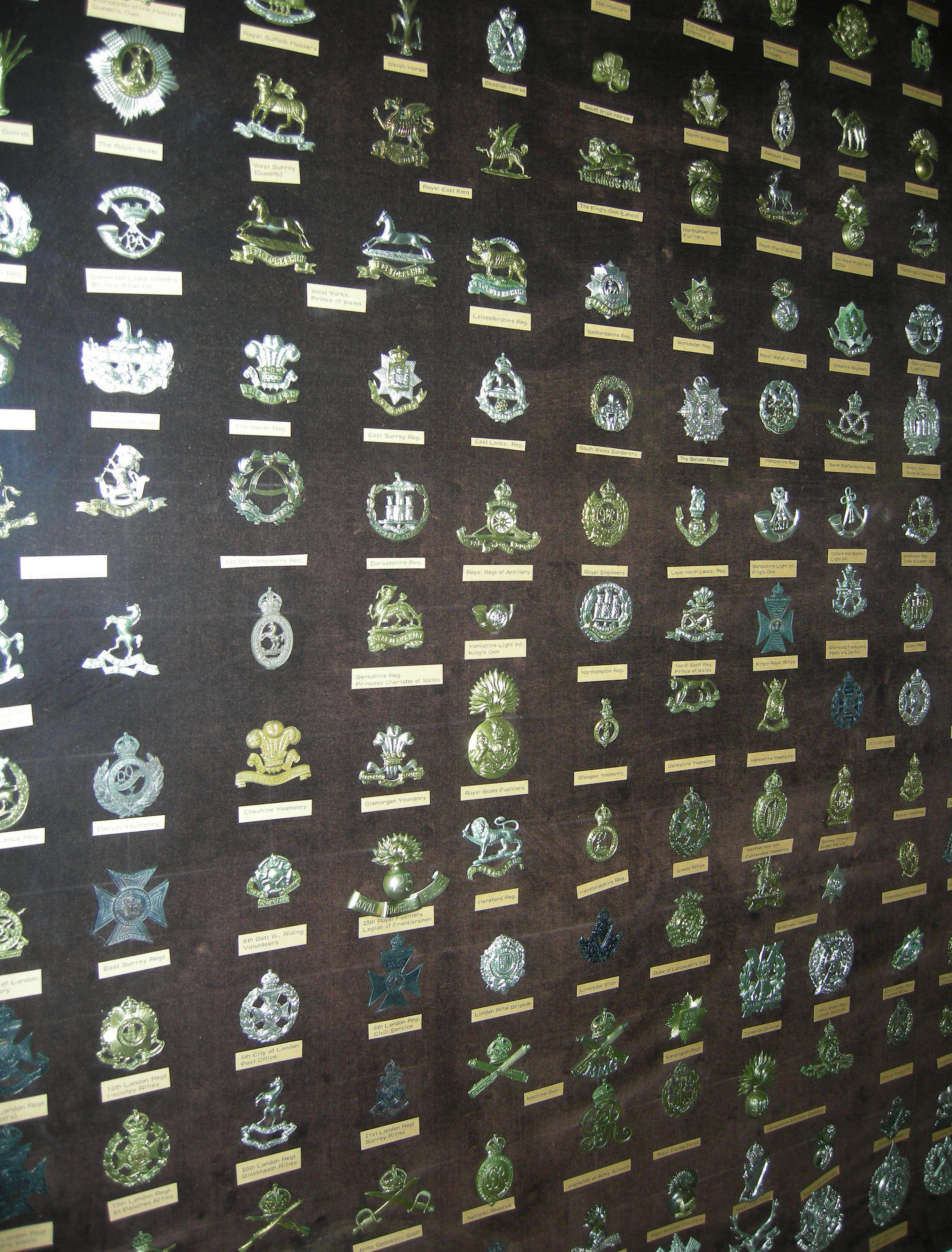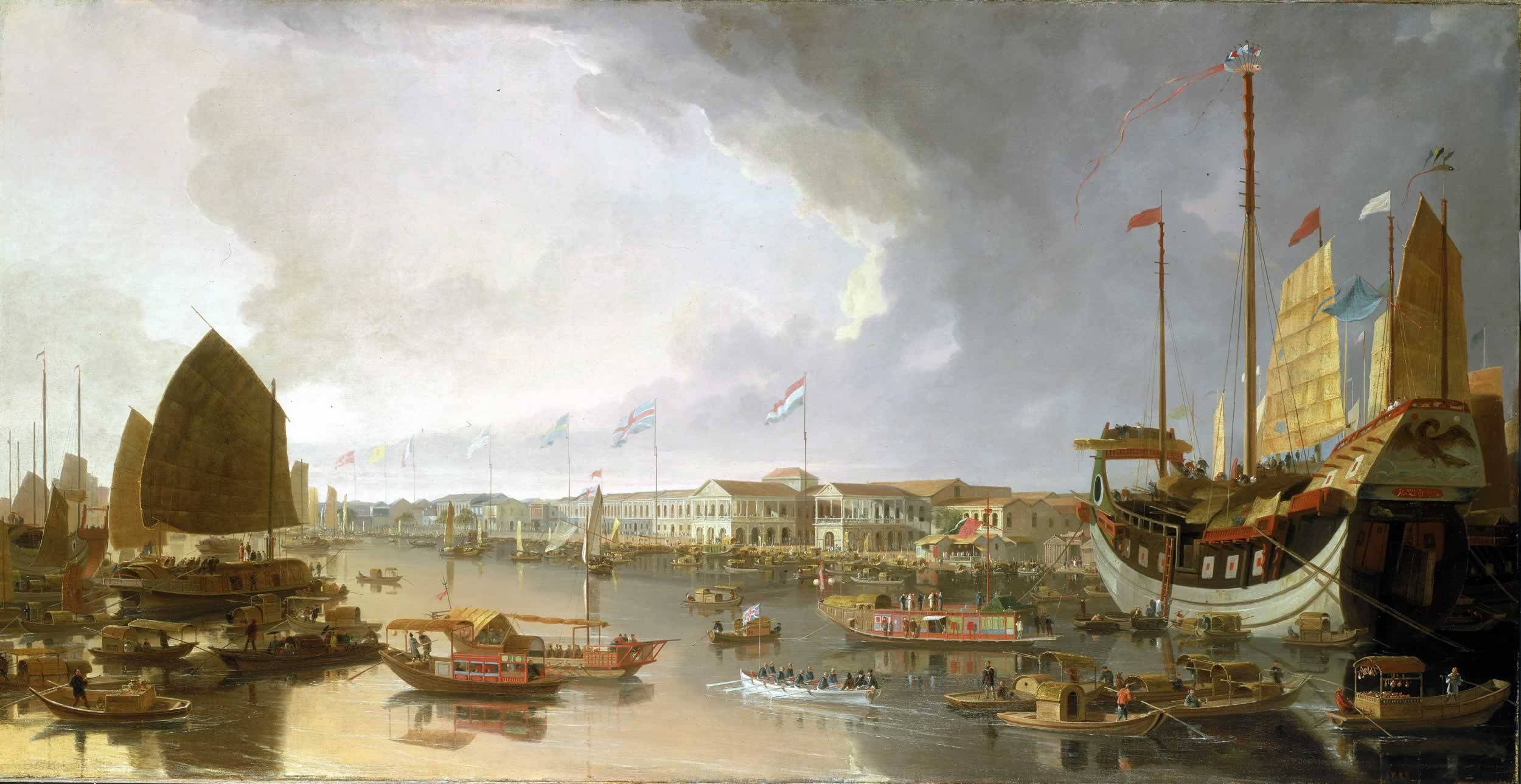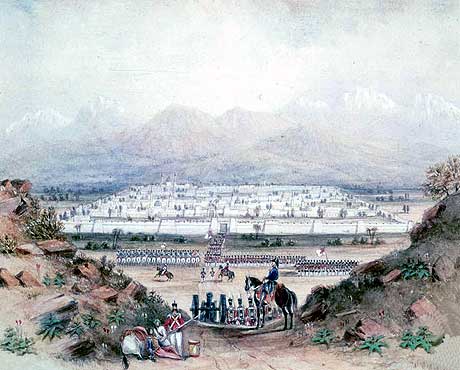|
1st Punjab Regiment
The 1st Punjab Regiment was an infantry regiment of the British Indian Army from 1922 to 1947. Upon the Partition of India, it was transferred to the newly-raised Pakistan Army. It ceased to exist in this form Constitution of Pakistan of 1956, in 1956, when it was amalgamated with the 14th Punjab Regiment, 14th, 15th Punjab Regiment, 15th and 16th Punjab Regiment, 16th Punjab regiments to form the Punjab Regiment (Pakistan), Punjab Regiment, an existing infantry regiment of the Pakistan Army.Rizvi, Brig SHA. (1984). ''Veteran Campaigners – A History of the Punjab Regiment 1759-1981''. Lahore: Wajidalis.Lawford, Lt Col JP, and Catto, Maj WE. (1967). ''Solah Punjab: The History of the 16th Punjab Regiment''. Aldershot: Gale & Polden. History Madras Army The 1st Punjab Regiment had its antecedents in the old Madras Army of the British East India Company, which was largely responsible for the establishment of British rule in south and central India. Its senior battalion was raised ... [...More Info...] [...Related Items...] OR: [Wikipedia] [Google] [Baidu] |
Cap Badge
A cap badge, also known as head badge or hat badge, is a badge worn on uniform headgear and distinguishes the wearer's nationality and/or organisation. The wearing of cap badges is a convention commonly found among military and police forces, as well as uniformed civilian groups such as the Scouting, Boy Scouts, civil defence organisations, ambulance services (e.g. the St. John Ambulance Brigade), customs services, fire services etc. Cap badges are a modern form of Heraldic badge, heraldry and their design generally incorporates highly symbolic devices. Some badges that contain images of lions or other cats are sometimes informally referred to as cat badges. Instances in military forces British armed forces The British Armed Forces utilise a variety of metal and cloth cap badges on their headdress, generally on caps and berets. They are also worn on Uniforms_of_the_British_Armed_Forces#Turbans, Sikh turbans. British Army In the British Army (as well as other Commonwealth o ... [...More Info...] [...Related Items...] OR: [Wikipedia] [Google] [Baidu] |
Third Anglo-Maratha War
The Third Anglo-Maratha War (1817–1819) was the final and decisive conflict between the British East India Company and the Maratha Empire, Maratha Confederacy in India. The war left the Company in control of most of India. It began with an invasion of Maratha territory by British East India Company troops, and although the British were outnumbered, the Maratha army was decimated. The troops were led by Governor-General of India, Governor General Francis Rawdon-Hastings, 1st Marquess of Hastings, Hastings, supported by a force under Sir Thomas Hislop, 1st Baronet, General Thomas Hislop. Operations began against the Pindaris, a band of local mercenaries and Marathas from central India. Peshwa Baji Rao II's forces, supported by those of Mudhoji II Bhonsle of Nagpur and House of Holkar, Malharrao Holkar III of Indore, rose against the East India Company. They attempted to regain the power that was taken away by the British due to the Treaty of Bassein (1802), Treaty of Bassein. Pr ... [...More Info...] [...Related Items...] OR: [Wikipedia] [Google] [Baidu] |
World War II
World War II or the Second World War (1 September 1939 – 2 September 1945) was a World war, global conflict between two coalitions: the Allies of World War II, Allies and the Axis powers. World War II by country, Nearly all of the world's countries participated, with many nations mobilising all resources in pursuit of total war. Tanks in World War II, Tanks and Air warfare of World War II, aircraft played major roles, enabling the strategic bombing of cities and delivery of the Atomic bombings of Hiroshima and Nagasaki, first and only nuclear weapons ever used in war. World War II is the List of wars by death toll, deadliest conflict in history, causing World War II casualties, the death of 70 to 85 million people, more than half of whom were civilians. Millions died in genocides, including the Holocaust, and by massacres, starvation, and disease. After the Allied victory, Allied-occupied Germany, Germany, Allied-occupied Austria, Austria, Occupation of Japan, Japan, a ... [...More Info...] [...Related Items...] OR: [Wikipedia] [Google] [Baidu] |
Third Anglo-Afghan War
The Third Anglo-Afghan War was a short war which began on 3 May and ended on 8 August 1919. The new Amir of the Emirate of Afghanistan Amanullah Khan declared a Jihad against the British in the hope to proclaim full independence, as well as to strengthen his own legitimacy. Amanullah's forces invaded British India on three fronts taking advantage of the Jallianwala Bagh massacre, unrest in India, in an effort to seize the old Afghan provinces west of the River Indus. Initial victories saw the Afghans invade across the border, defeating the British and occupying Battle of Bagh, Bagh. The British retaliated, leading a counterattack that routed the Afghans. Conflict continued in Kurram District, Kurram, which saw the British overwhelmed. Taking their own initiative, the British seized Spin Boldak in the south, while an Afghan offensive in Thal, Khyber Pakhtunkhwa, Thal was contained, with the British occupying Dacca in turn by the end of May. The Royal Air Force were also used i ... [...More Info...] [...Related Items...] OR: [Wikipedia] [Google] [Baidu] |
World War I
World War I or the First World War (28 July 1914 – 11 November 1918), also known as the Great War, was a World war, global conflict between two coalitions: the Allies of World War I, Allies (or Entente) and the Central Powers. Fighting took place mainly in European theatre of World War I, Europe and the Middle Eastern theatre of World War I, Middle East, as well as in parts of African theatre of World War I, Africa and the Asian and Pacific theatre of World War I, Asia-Pacific, and in Europe was characterised by trench warfare; the widespread use of Artillery of World War I, artillery, machine guns, and Chemical weapons in World War I, chemical weapons (gas); and the introductions of Tanks in World War I, tanks and Aviation in World War I, aircraft. World War I was one of the List of wars by death toll, deadliest conflicts in history, resulting in an estimated World War I casualties, 10 million military dead and more than 20 million wounded, plus some 10 million civilian de ... [...More Info...] [...Related Items...] OR: [Wikipedia] [Google] [Baidu] |
Lushai Expedition
The British Indian Army Lushai Expedition of 1871 to 1872 was a punitive incursion under the command of Generals Charles Henry Brownlow, Brownlow and George Bourchier (Indian Army officer), Bourchier. The objectives of the expedition were to rescue British subjects who had been captured by the Lushais in raids into Assam—including a six-year-old girl called Mary Winchester (Zoluti), Mary Winchester—and to convince the hill tribes of the region that they had nothing to gain and everything to lose by placing themselves in a hostile position towards the British Government. For the British, the expedition was a success: the prisoners were freed and the hill tribes agreed to negotiate peace terms. The border region was to remain peaceful until 1888 when large-scale raiding was resumed and another punitive expedition was organised. Prelude After turning the Burmese out of Assam during the First Anglo-Burmese War in 1824, the Bengal Presidency, Bengal Government of the East Indi ... [...More Info...] [...Related Items...] OR: [Wikipedia] [Google] [Baidu] |
Third Anglo-Burmese War
The Third Anglo-Burmese War (), also known as the Third Burma War, took place during 7–29 November 1885, with sporadic resistance continuing into 1887. It was the final of three wars fought in the 19th century between the Burmese and the British. The war saw the loss of sovereignty of an independent Burma under the Konbaung dynasty, whose rule had already been reduced to the territory known as Upper Burma, the region of Lower Burma having been annexed by the British in 1853, following the Second Anglo-Burmese War. Following the war, Burma came under the rule of the British Raj as one of its provinces. From 1937, the British governed Burma as a separate colony until Burma achieved independence as a republic in 1948. Background Following a succession crisis in Burma in 1878, the British Resident in Burma was withdrawn, ending official diplomatic relations between the countries. The British considered a new war in response but other continuing wars in Africa and Afghani ... [...More Info...] [...Related Items...] OR: [Wikipedia] [Google] [Baidu] |
Second Anglo-Afghan War
The Second Anglo-Afghan War (Dari: جنگ دوم افغان و انگلیس, ) was a military conflict fought between the British Raj and the Emirate of Afghanistan from 1878 to 1880, when the latter was ruled by Sher Ali Khan of the Barakzai dynasty, the son of former Emir Dost Mohammad Khan (Emir of Afghanistan), Dost Mohammad Khan. The war was part of the Great Game between the British Empire, British and Russian empire, Russian empires. The war was split into two campaigns – the first began in November 1878 with the British Raj, British invasion of Afghanistan from British Raj, India. The British were quickly victorious and forced the Amir – Sher Ali Khan to flee. Ali's successor Mohammad Yaqub Khan immediately sued for peace and the Treaty of Gandamak was then signed on 26 May 1879. The British sent an envoy and mission led by Louis Cavagnari, Sir Louis Cavagnari to Kabul, but on 3 September this mission was massacred and the conflict was reignited by Mohammad Ayub Khan ... [...More Info...] [...Related Items...] OR: [Wikipedia] [Google] [Baidu] |
Indian Rebellion Of 1857
The Indian Rebellion of 1857 was a major uprising in India in 1857–58 against Company rule in India, the rule of the East India Company, British East India Company, which functioned as a sovereign power on behalf of the The Crown, British Crown. The rebellion began on 10 May 1857 in the form of a mutiny of sepoys of the company's army in the garrison town of Meerut, northeast of Delhi. It then erupted into other mutinies and civilian rebellions chiefly in the Ganges Basin, upper Gangetic plain and central India, though incidents of revolt also occurred farther north and east. The rebellion posed a military threat to British power in that region, and was contained only with the rebels' defeat in Gwalior on 20 June 1858., , and On 1 November 1858, the British granted amnesty to all rebels not involved in murder, though they did not declare the hostilities to have formally ended until 8 July 1859. The Names of the Indian Rebellion of 1857, name of the revolt is contested, an ... [...More Info...] [...Related Items...] OR: [Wikipedia] [Google] [Baidu] |
First Opium War
The First Opium War ( zh, t=第一次鴉片戰爭, p=Dìyīcì yāpiàn zhànzhēng), also known as the Anglo-Chinese War, was a series of military engagements fought between the British Empire and the Chinese Qing dynasty between 1839 and 1842. The immediate issue was the Chinese enforcement of their ban on the opium trade by seizing private opium stocks from mainly British merchants at Guangzhou (then named ''Canton'') and threatening to impose the death penalty for future offenders. Despite the opium ban, the British government supported the merchants' demand for compensation for seized goods, and insisted on the principles of free trade and equal diplomatic recognition with China. Opium was Britain's single most profitable commodity trade of the 19th century. After months of tensions between the two states, the Royal Navy launched an expedition in June 1840, which ultimately defeated the Chinese using technologically superior ships and weapons by August 1842. The British ... [...More Info...] [...Related Items...] OR: [Wikipedia] [Google] [Baidu] |
First Anglo-Afghan War
The First Anglo-Afghan War () was fought between the British Empire and the Emirate of Kabul from 1838 to 1842. The British initially successfully invaded the country taking sides in a succession dispute between emir Dost Mohammad Khan ( Barakzai) and former King Shah Shujah (Durrani), whom they reinstalled upon occupying Kabul in August 1839. The main British Indian force occupied Kabul and endured harsh winters. The force and its camp followers were almost completely massacred during the 1842 retreat from Kabul. The British then sent what was widely termed an " Army of Retribution" to Kabul to avenge the destruction of the previous forces. After recovering prisoners, they left Afghanistan by the end of the year. Dost Mohammed returned from exile in India to resume his rule. It was one of the first major conflicts during the Great Game, the 19th century competition for power and influence in Central Asia between Britain and Russia. Background Causes The 19th century wa ... [...More Info...] [...Related Items...] OR: [Wikipedia] [Google] [Baidu] |









